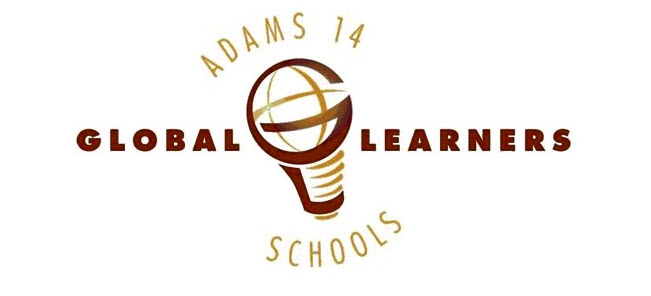 (Picture Credit: Wesley Bedrosian)
(Picture Credit: Wesley Bedrosian)I find myself starting off a little slower this year than last. I am trying to be careful how I set up expectations with my fourth graders on blogging, using Twitter and general internet safety. In addition to that, a Global Learner recently expressed frustration in students' blog comments. "There are so many mistakes that they are not postable." It is making me think about the importance of high quality work and helping my students be successful with the integration of web2.0 tools in our classrooms.
I read an article in the latest Edutopia magazine. It addresses the importance of teaching "Netiquette" to our students. But in a larger sense, it talks about how students can be safe on the web, and how to help our students make their writing appropriate for online viewing. Will Richardson is quoted in the article:
"A lot of schools are beginning to put in Internet-safety and Internet-etiquette units, but they're not systemic in any way, and they really need to be."
It is also acknowledged that we need to incorporate netiquette into everyday education. Rather than, "Let's go down to the lab to learn about Internet matters."
So, what is netiquette and how do we incorporate into everyday education? And, how do I set expectations for computer/internet use at the beginning of the year, just like I set expectations for all behaviors in my classroom and make it systemic? I see there being three different categories:
1. Behavior
Netiquette rules are going to vary depending on grade level of course. My fourth graders don't know much about instant messaging yet, so we don't need to have the conversation about IM-speak not being appropriate in other online (or offline) settings. Our rules center more around the golden rule. Treat others as you would like to be treated:
- Blog comments on others' work should be constructive and also say something positive about the work.
- Blog posts and comments cannot be anonymous.
There are many other suggesions in the
article in a sidebar entitled, "Don't Even Think About It".
2. Quality of WorkAgain, this conversation is different in elementary than it is in secondary, but I am always having a conversation with my students about the quality of their work. Their work on our blog or twitter should be no different. This takes patience. Students don't necessarily know how to do this upon entering the classroom. They are also anxious to push the boundaries with their new teacher to find out where the boundaries are.
- Set High Expectations: I set high expectations for all the work in my classroom (I try anyway), but am having the conversation with my students about the importance of publishing high quality work on our blog, considering the number of people that could be reading it. All the work on the blog needs to be revised and edited before it is published. By fourth grade, there should be no errors in caps, punctuation or spelling. If there is a mistake after publishing, you need to go back and fix it. If, after fixing it, there are still minor errors with grammar or layout, or trouble with spelling a complex word, I will let it go. Students could be turned off to the whole process if I insist on perfection and have a student go over the same post over and over. On Twitter, my expectation is perfection, considering it is only 140 characters. Updates should have some substance. What did you learn during math, not what you "did". Ask a question to encourage a response.
- Represent Yourself Positively: This is a standard conversation I have had with students on our way out the door to any field trip. You are not only representing yourself, but you are representing Alsup, Adams 14 and Commerce City. Act accordingly. The same could be said about how you represent yourself on our blog. Take pride in yourself, our classroom, school, community when you are writing about it.
- Work Together: Students work in pairs when updating on Twitter and will often work in pairs when they first publish to our blog. I am already finding "experts" in my room that are eager to get started and want to help their classmates.
3. SafetyStudents are well aware of the online boogieman, ready to pounce and steal your identity. One way to keep students safe is to stick to a more student-friendly blog site like edublogs or blogmeister. Epals, gaggle and think.com have their own as well that are part of a suite that includes their email service. But I really have been pleased with Blogger and the way that it allows my students to reach a larger audience and we had no problems with safety during our first year of blogging. I do feel obligated to go over safety with my students, especially after last years' group was so eager to reach out to people outside of our school. I found this
internet safety document online that I have revised and will go over with my students this week. I will add a signature at the bottom and send it home. I did this last year as well, but only after we had been blogging for several months. I realize these are not legal documents, but I am making an effort to better document my expectations and make my students accountable before there is an issue.
Two other resources from the article. A
sample acceptable use policy from Bud Hunt. The other is an
email safety pdf for students that was created by the Modesto city schools, which might be useful to students at the high school.
These are just my thoughts. How are you addressing these issues in your classroom? What kinds of behaviors do you encounter in your classroom that keep your students from accessing these tools efficiently?







